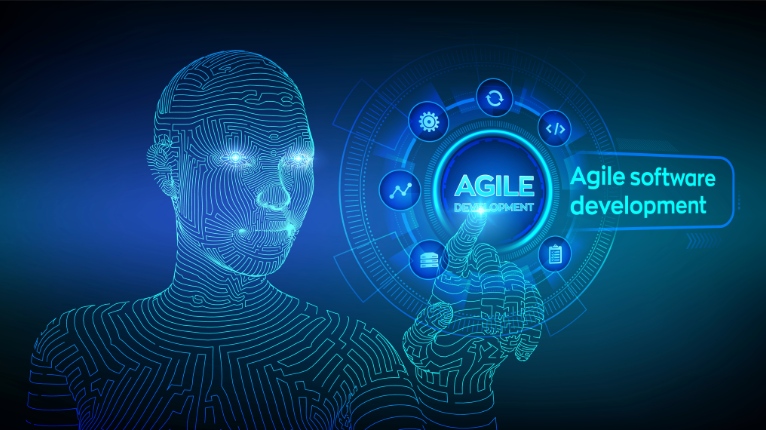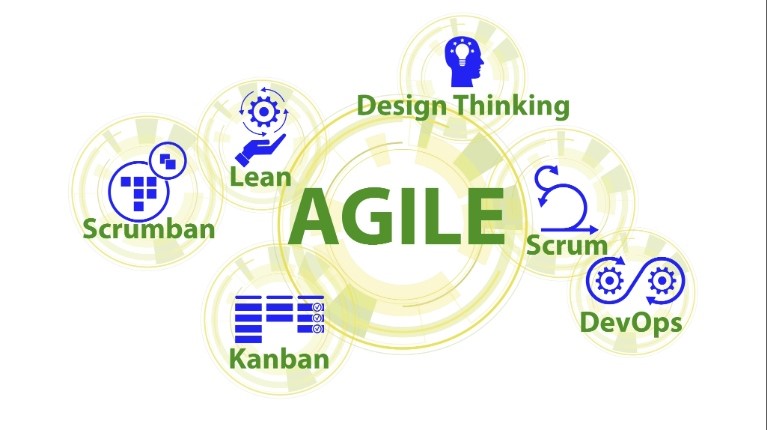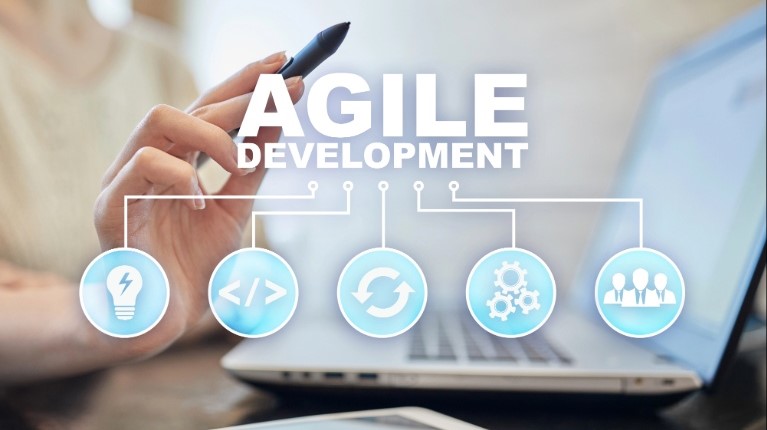Merging Agile And AI: A Framework For Faster, Smarter Innovation

The pace of technological change continues to accelerate. Markets can change overnight, customer expectations grow sharper, and the pressure on product teams has never been greater.
Agile management helped organizations rise to these challenges by creating a culture of iteration, collaboration, and continuous delivery. However, even Agile on its own can only take teams so far. The next leap forward happens when Agile meets artificial intelligence.
The fusion of Agile and AI enables teams to move faster and work smarter. Instead of relying solely on human analysis and historical data, teams can now access real-time insights, predictive forecasts, and automated recommendations. These tools can change how they plan, prioritize, and deliver. It’s a redefinition of how innovation happens inside modern organizations.
Agile AI: From Iteration to Intelligent Evolution
Agile was built on feedback loops and adaptability. Predictive analytics can guide sprint planning with accuracy beyond past velocity. Natural language processing can scan team communications and summarize progress without requiring anyone to spend time writing lengthy updates. Machine learning can surface recurring patterns in retrospectives and highlight areas of improvement that humans might miss.
These capabilities turn Agile from a process of iteration into a system of intelligent evolution. Instead of waiting until the end of a sprint to review what worked and what didn’t, teams can access continuous signals about performance and opportunities. Leaders make decisions in the moment rather than after the fact, and teams evolve as they work, not just when cycles close.
This matters because customer expectations no longer allow for delays. Products must adapt as soon as feedback emerges, and opportunities must be seized before competitors move in. Agile AI creates the environment where that level of speed and precision becomes standard practice.
Agile and AI: Real-Time Decision Making at Scale
One of the greatest advantages of combining Agile and AI is the ability to act on information instantly. Agile emphasizes collaboration and responsiveness. Yet, it has traditionally relied on human intuition to process data and reach consensus.
AI can analyze usage data, market behavior, and team capacity in real time. Analysts forecast that the majority of Agile organizations will integrate AI tools into development processes within the next few years.
Embedding Intelligence Across Agile Management
When organizations embed AI into Agile management, the workflow changes at every stage. Discovery begins with identifying where data can create leverage, be it in customer insights, market trends, or internal performance metrics.
As teams move into sprint execution, AI models refine estimates and adjust scope based on continuous feedback. Retrospectives change from periodic reviews into ongoing learning cycles where machine learning surfaces insights as work progresses.
Development activity connects to business outcomes in measurable ways. Instead of tracking only velocity or completion rates, teams can tie efforts to KPIs such as customer retention or reduced incidents. Linking daily work to strategic goals boosts engagement, sharpens priorities, and gives leaders clear proof of value.
Tools that Drive Agile AI
Modern platforms make this convergence possible at scale. Enterprise Agile planning tools now integrate machine learning that predicts risks and recommends actions before problems escalate.
Development accelerators like GitHub Copilot help teams code faster while maintaining high quality. Automation assistants embedded into collaboration platforms eliminate repetitive tasks, allowing people to focus on innovation.
Even more transformative, an AI-driven simulation platform can model different development scenarios. It can forecast outcomes and help leaders choose the best path forward. These tools serve as the backbone for intelligent agility, bringing together human creativity with machine-driven foresight.
Managing Challenges to Adoption
While the benefits are compelling, integrating AI into Agile workflows brings challenges. Some teams resist because they fear automation might replace their roles. Leaders must address those concerns with transparency and training. Teams thrive when they understand AI as a partner that enhances their capabilities, not a competitor.
Pilot programs, open communication, and visible wins are necessary to drive adoption. When teams experience how AI saves time and highlights opportunities, it fuels a culture of innovation. People may willingly adopt new tools rather than reluctantly.
The Future of Agile and AI
Looking ahead, AI will become an embedded layer across all Agile practices. From planning and testing to delivery and retrospectives, intelligent feedback loops will operate continuously. This integration won’t feel like a separate process but rather the natural way Agile works in a modern enterprise.
Organizations that embrace this convergence now gain a head start in building adaptive, high-performing teams that can outpace competitors in both speed and innovation.
Turning Agility Into Smarter Innovation
Agility should not come at the expense of intelligence. At Radus Software LLC, our platform Metronome helps organizations merge speed with scalability, simplicity, and adaptability. Metronome delivers a collaborative suite that supports teams to align rapidly with objectives. Request a demo today and discover how Metronome can change the way your team works for the better.



